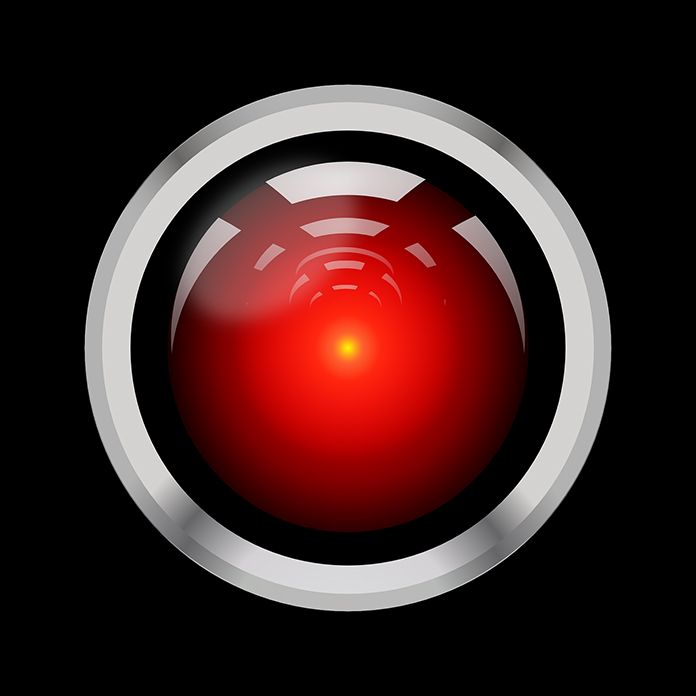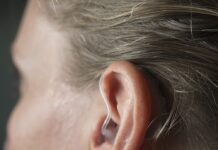
Artificial intelligence (AI) is all over the news. Even hearing aids are getting solid press for AI advancements. It might sound like science fiction — but AI has been available in hearing aids for a long time.
Humble Beginnings. In 2006, the Centra hearing device hit the market. It included machine learning — your hearing aids learned how you adjusted a setting called gain (the level of sound boost needed). After a couple of weeks, your hearing aids would automatically set the gain to your preferences.
Fine-Tuning Abounds. At first, gain adjustments affected all sound output equally. But tech advancements let you adjust different parts of the sound spectrum — and your hearing aids would learn your preferences for each. You had to do this for each program on your device. Then hearing aids were developed that learned your sound preferences and set them accordingly across all your programs.
Beyond Programming. Now, developers are trying to reduce reliance on distinct programs. One breakthrough, the deep-neural-network model — mimicking how your brain processes sound — constantly adapts to your environment, improving speech in background noise and listening comfort. Hearing aid manufacturer’s such as Oticon and Starkey utilize this deep neural network model.
The Next Horizon. Today’s hearing aids have embraced AI: One hearing aid combines nextgen machine learning with direct wearer input to optimize settings. Another keeps speech clear amid noise without sacrificing enjoyable sounds, like birdsong. Still a third has a wellness tracker, fall sensor that notifies loved ones, and digital personal assistant. As you can see, hearing aids have used AI for a long time to improve your well-being, hearing and otherwise.
Ready to see how AI can help your hearing? Contact Garden State Hearing & Balance Center at 732-818-3610 (Toms River/Whiting) or 609-978-8946 (Manahawkin) or visit us at www.gardenstatehearing.com.







